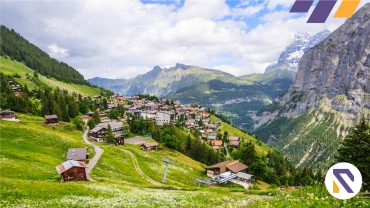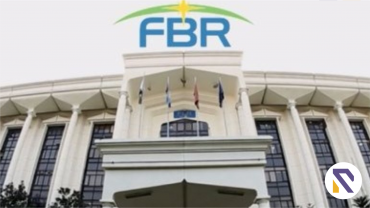“We shape our dwellings, and afterward our dwellings shape our lives”
-Winston Churchill.
Climate change, caused by the release of greenhouse gases into the atmosphere, has been identified as one of the greatest threats facing the world in the 21st century. The most significant contributors to this problem are buildings, which consume massive amounts of energy and emit greenhouse gases contributing to this growing menace. Also read our blog How To Decide Between Renovation And Rebuilding Your House.
Recently, there has been a growing recognition of the need for sustainability, and international treaties like the Kyoto Protocol Treaty, Basel Convention, and The Rio Declaration have pushed industrial countries to adopt environmental regulations. Studies have shown that buildings are responsible for 33% of all energy-related CO2 emissions worldwide, and this number is expected to increase to 11Gt (B2 scenario) or 15.6Gt (A1B scenario) by 2030.
Despite increased investment and global efforts to reduce the energy intensity of buildings, the total energy consumption and CO2 emissions from the real estate sector have continued to rise. The 2022 Global Status Report for Buildings and Construction shows that in 2021, buildings’ energy demand increased by around 4% to 135 EJ, the most significant increase in the last 10 years. CO2 emissions from buildings operations also reached an all-time high of around 10 GtCO2, i.e., a 5% increase from 2020 and 2% higher than the previous peak in 2019. Read out tips to maintain house foundation.
Unfortunately, the buildings and construction sector is not on track to achieve decarbonization by 2050, and the gap between the sector’s actual climate performance and the decarbonization pathway is widening. Therefore, it is crucial to accelerate the implementation of sustainable development strategies toward carbon neutrality as soon as possible, given the worsening state of the world’s climate.
Pakistan, like many other developing countries, is facing significant energy, water scarcity and climate change challenges. The country is highly dependent on fossil fuels for its energy needs, contributing to greenhouse gas emissions and creating energy shortages and high electricity prices. The country’s rapid urbanization has resulted in a surge in energy consumption, which has led to frequent power outages and increased reliance on fossil fuels. It also has detrimentally impacted the environment and people’s health.
The building sector in Pakistan is a significant contributor to energy consumption and carbon emissions, and therefore, there is a great need for sustainable green buildings in the country. The need for sustainable green buildings in Pakistan is more crucial than ever. The construction of green buildings can help reduce energy demand, reducing the power grid’s burden.
One way to address these challenges is by promoting sustainable green buildings. Green building encompasses both the physical structure itself and the utilization of environmentally conscious and efficient processes. Successfully implementing green building practices requires contractor, architects, engineers, and client collaboration.
Green buildings are designed to reduce energy consumption, minimize waste, and use eco-friendly materials. Green buildings can significantly reduce energy consumption and associated greenhouse gas emissions by incorporating sustainable design features, such as passive solar design, efficient insulation, and renewable energy systems.
In addition to the environmental benefits, green buildings also provide economic advantages. They can lower energy costs, increase property value, and improve occupant health and productivity. Green buildings can provide a sustainable and cost-effective solution in a country like Pakistan, where energy costs are high and electricity shortages are common.
In addition to energy consumption, water scarcity is another pressing issue in Pakistan. Sustainable green buildings can help conserve water by incorporating rainwater harvesting systems, water-efficient fixtures, and wastewater treatment facilities. Such practices can help alleviate the water crisis and ensure a sustainable water supply for future generations.
Moreover, green buildings offer numerous benefits to the occupants. Using natural light and ventilation can improve indoor air quality and reduce the risk of respiratory illnesses. Green buildings also positively impact the mental health of the occupants, as they provide a connection to nature and create a more comfortable and peaceful environment.
Pakistan’s government has already taken steps toward promoting green buildings, such as introducing building codes and regulations that encourage energy-efficient design. However, more needs to be done to raise awareness among builders, architects, and homeowners about the benefits of green buildings and incentivize adopting sustainable design practices. Also read Tips to construct Earthquake Proof Building.
By promoting sustainable green buildings, Pakistan can reduce its carbon footprint, improve energy security, conserve water, and provide a healthy indoor environment. Such buildings can help reduce energy consumption. It is time for Pakistan to embrace a sustainable future by investing in green buildings and promoting sustainable development.









